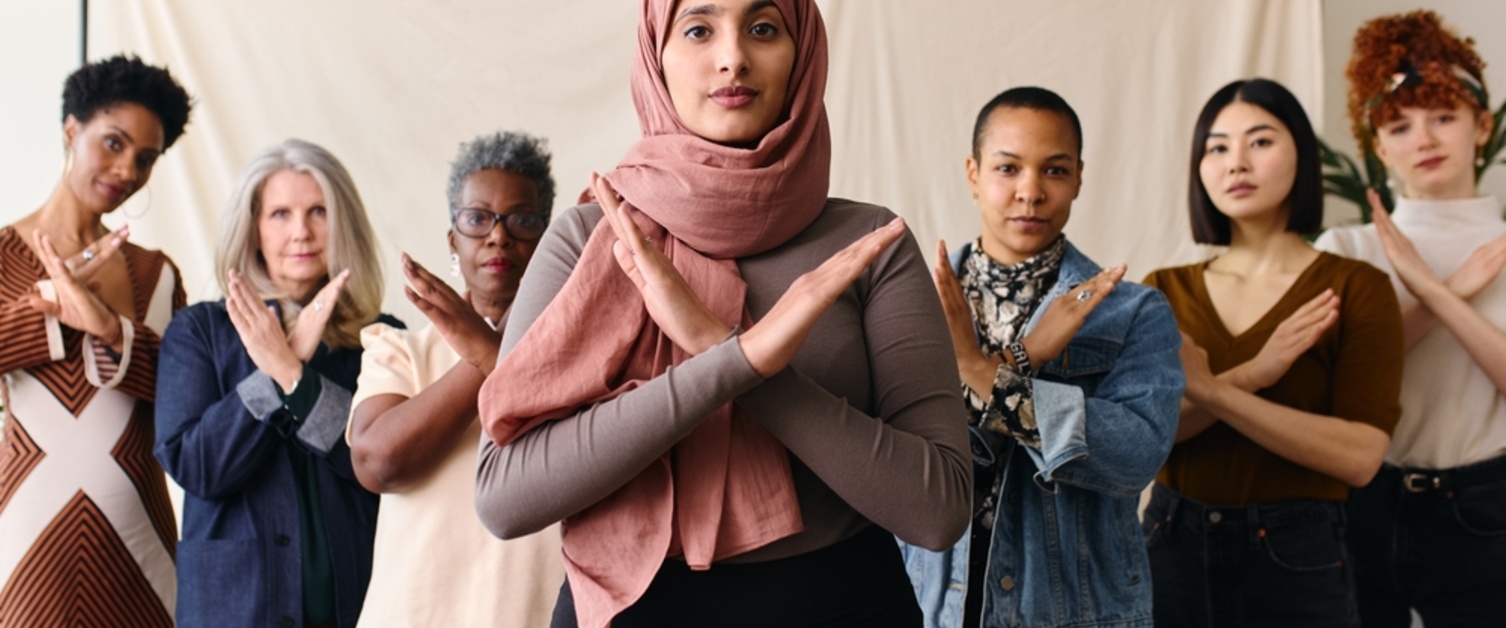Implicit vs Explicit Bias
- foster care rights, my rights
- Resources for Teens and Young Adults
What is Bias?
- Bias consists of prejudice thoughts, attitudes, and behaviors in favor of or against one person or group compared to another
- Biases are usually formed on a few factors such as a person’s socioeconomic status, race, ethnicity, educational background, etc.
- Bias is about understanding who we are and how we react to things that are unfamiliar to us and things that we have been taught are “negative.”
- When we talk about bias it’s usually in a negative light, but bias does have the potential to be positive or helpful under some circumstances
- For example, choosing to only eat foods that are considered healthy or staying away from someone who has knowingly caused harm
Despite these few exceptions, biases are most often based on stereotypes and are harmful. Whether positive or negative, biases can cause people to form prejudgments that lead to rash decisions or discrimination.
What is implicit bias?
- Unconscious bias
- A form of bias that happens automatically and unintentionally
- Judgments based on prejudice and assumption instead of facts
- Result of evolutionary psychology—meaning we’re taught to view the world in social categories
What is explicit bias?
- Conscious and intentional
- Attitudes, beliefs, thoughts, or behaviors we have about an individual or group on a conscious level
- When someone feels threatened and draws group differences to separate themselves from those viewed as a threat
- Hate speech, discrimination, unjust and unfair treatment of specific groups of people, etc.
- A negative impact on the targeted individual or group’s mental and physical health
Are bias and stereotyping related?
- Bias is a pre-judgment
- A stereotype is an overgeneralization you form about a group based on shared traits or characteristics
However, a bias can start as a stereotype or develop into a stereotype too. “Stereotypes are maintained by biases in the attributions we make about a person’s behavior. When a person behaves in accordance with a stereotype, we attribute that behavior to the stereotypical characteristic they share with other members of their group. This reinforces the stereotype. However, if an individual behaves in contrast to a group stereotype, we are more likely to attribute that behavior to external causes, preserving the integrity of the stereotype.” - Understanding Unconscious Bias: Stereotypes, Prejudice and Discrimination | Include-Empower.Com
Stereotypes continue to exist because of the biases we have. When someone behaves “stereotypically,” we give credit to the stereotype rather than the behavior being a characteristic of the person we’re encountering.
Commonly Asked Questions about Bias
Q: What if I'm unsure about being biased? Is there a way for me to figure out what biases I have?
A: Yes! There’s a great online tool that allows you to check the level of your implicit bias called “The Implicit Association Tests” on Project Implicit. You’ll answer some questions about yourself at the beginning of the test and the overall process takes about ten minutes.
Q: Can someone be unbiased?
A: Generally, no. It’s human nature to form judgments based on first impressions. Unfortunately, we are all influenced by implicit or unconscious bias, but that doesn’t mean we can’t work to change the biases we have. The great thing about learned thoughts and behaviors are they can be unlearned.
Q: How do I change my biases?
A: Start by asking yourself a few of the following questions:
-
- Where do your biases come from and are there consequences of having this bias?
- Is it harmful to someone else?
- Is it based on a stereotype?
- Do you think the bias is true? What evidence do you have to back up this belief?
- When was the last time you experienced something like that?
- Focus on seeing people as individuals and not the stereotypes you’ve associated them with, whether consciously or unconsciously.
- Actively try to change your stereotypes. If you recognize that your response to someone is based on a stereotype, try to change the way you respond.
- Accept that bias exists. Try not to guilt yourself but recognize what biases you have and challenge those thoughts, attitudes, or behaviors. It can be difficult to ask yourself these questions or to challenge your thinking. Be gentle with yourself and remember that we all have bias, and it’s okay to recognize that. It’s what you do with that recognition that matters.
- Don’t be afraid to talk about your biases with someone. They may be able to provide you with insight or a different perspective on your biases.
Are there other types of bias?
Yes! Check out the following resource for ten common types of cognitive bias that influence our behavior: Cognitive Biases: 10 Common Types of Bias
Resources:
- What Is Prejudice?
- Bias | Psychology Today
- What’s the Difference Between Implicit Bias and Unconscious Bias?
- Implicit Bias | SWD at NIH
- How Does Implicit Bias Influence Behavior?
- Explicit Bias Explained - Perception Institute
- Two Types of Bias
- Bias vs Stereotype: What's the difference? - Mind by Design
- 6 Ways to Overcome Your Biases for Good | Psychology Today
- How to Unlearn Unconscious Bias
About the Author
Kat works in healthcare and advocacy. As a former youth with lived experience, one of her biggest goals is to uplift youth voices within the child welfare system and influence policy to reflect better outcomes for youth in care. Her passions surround everything related to the art of storytelling.
